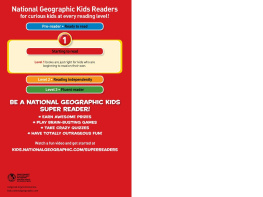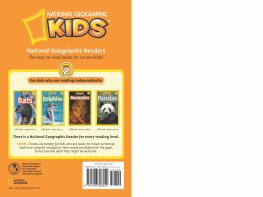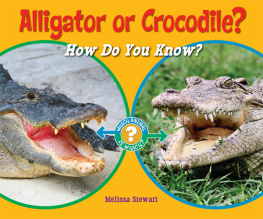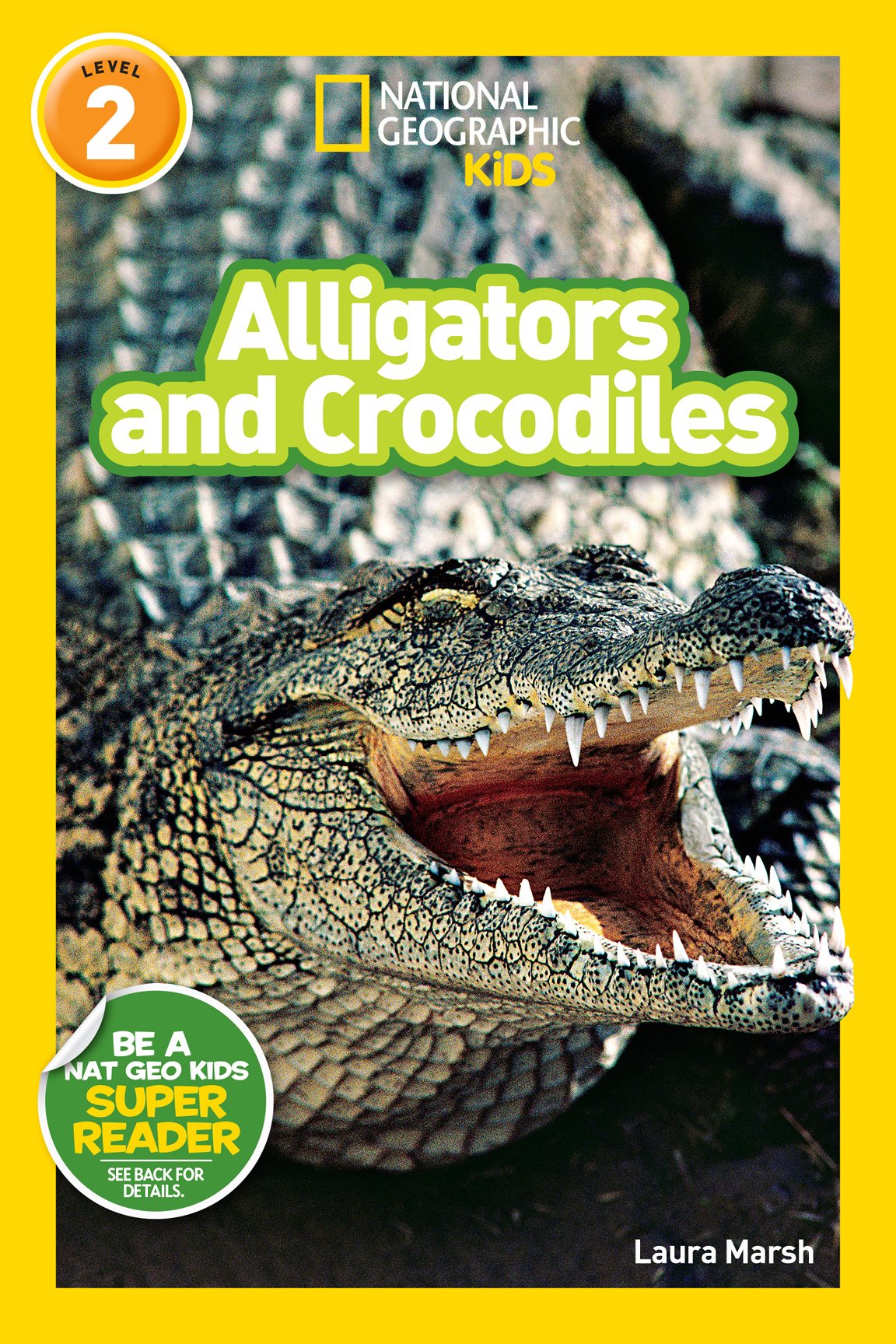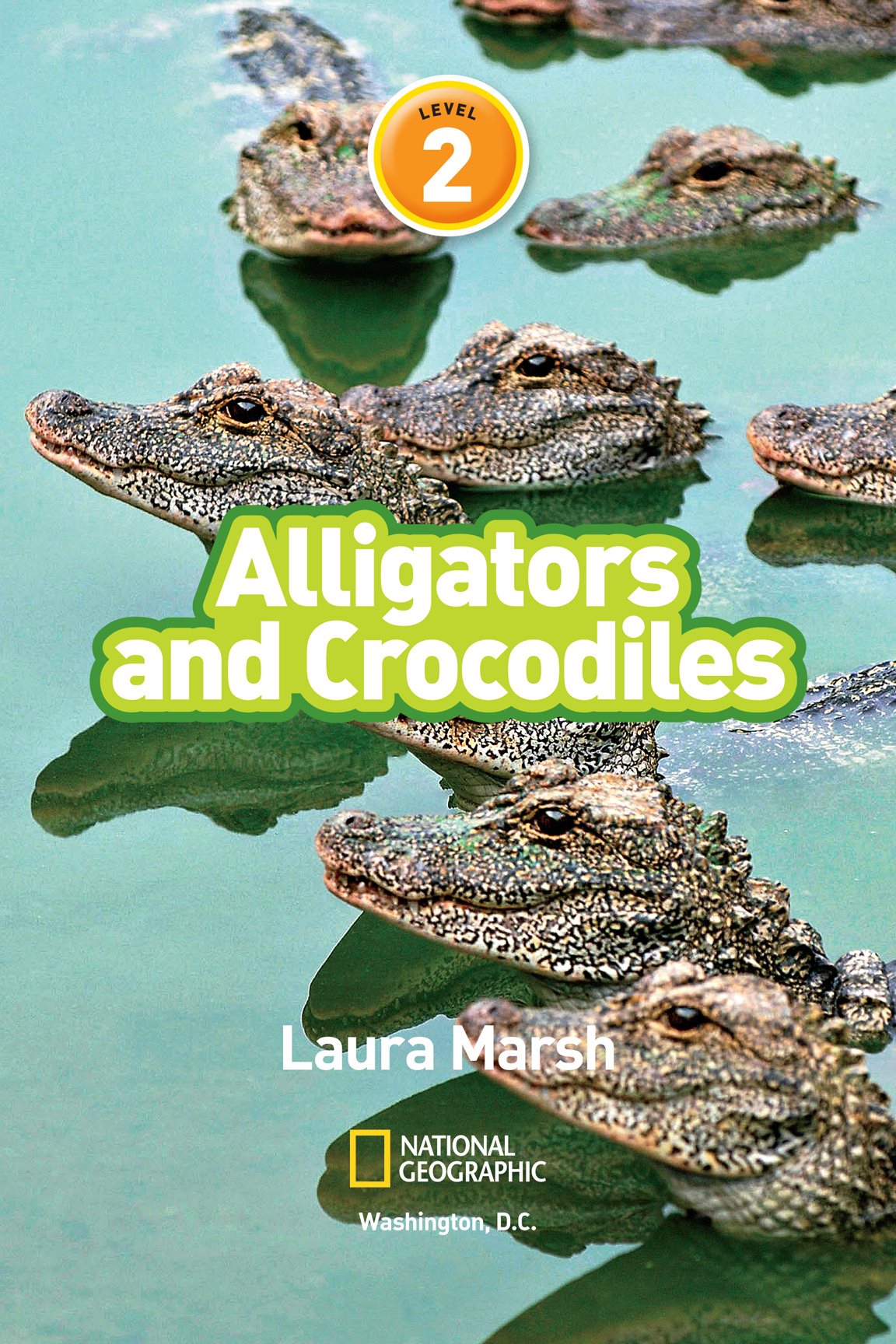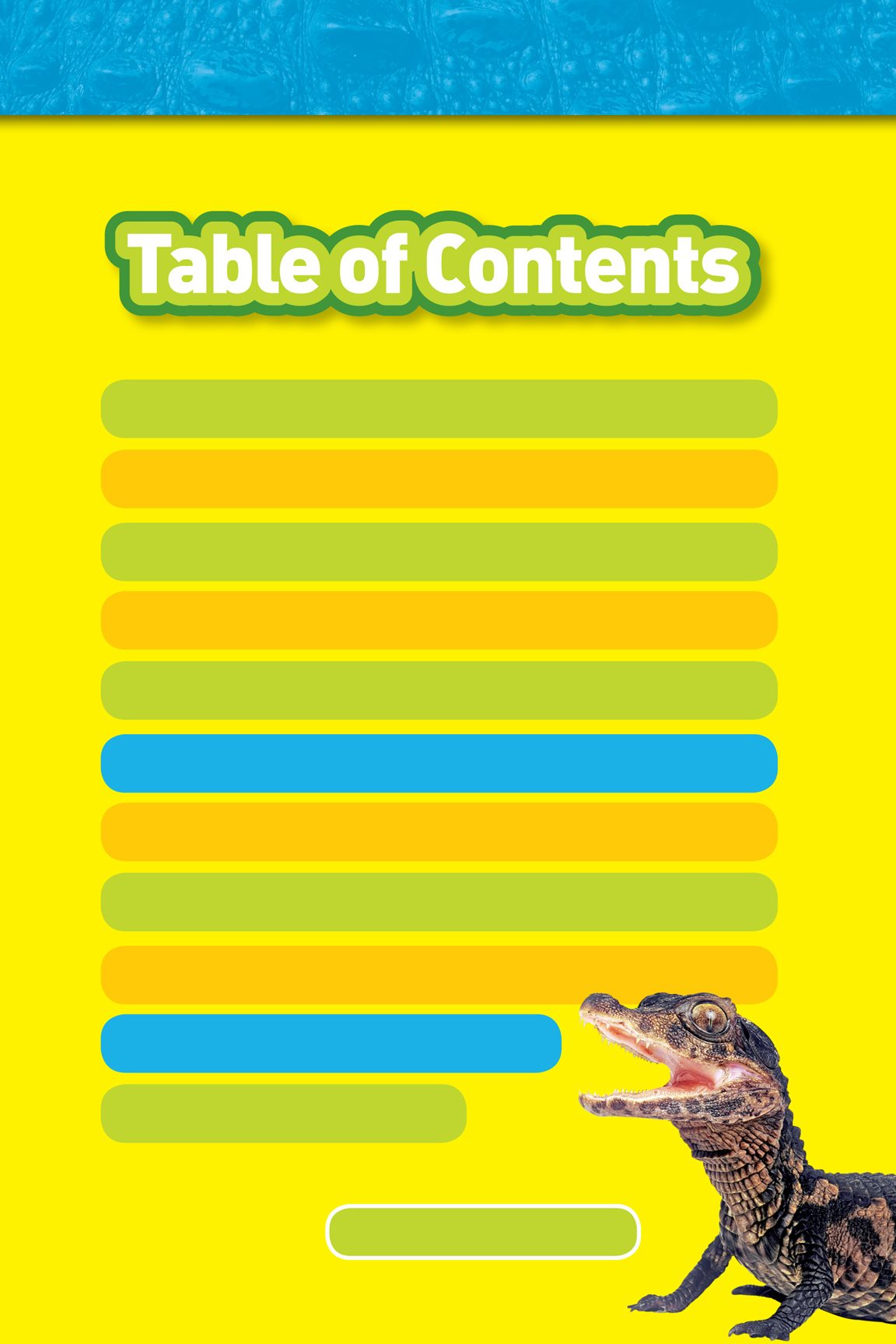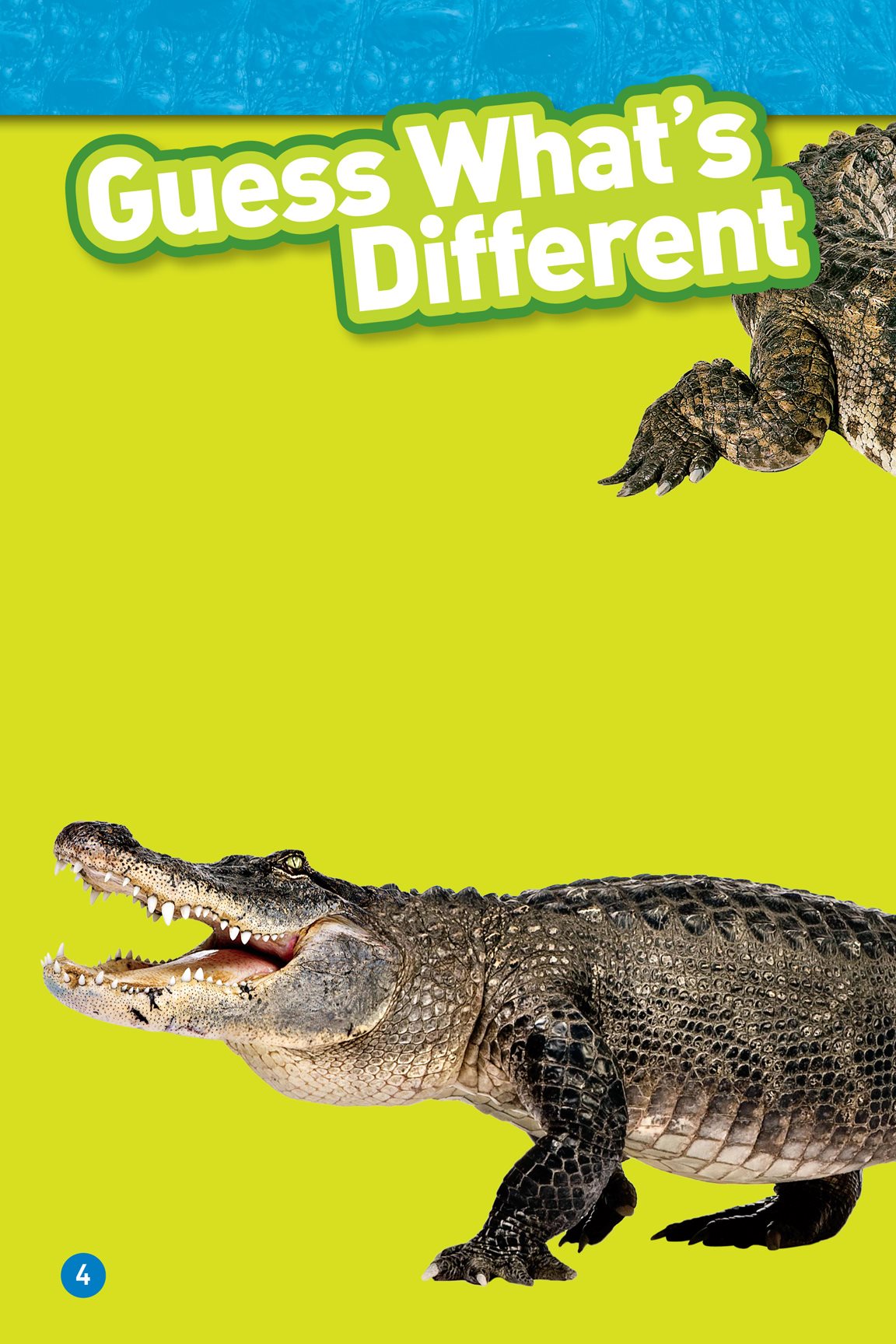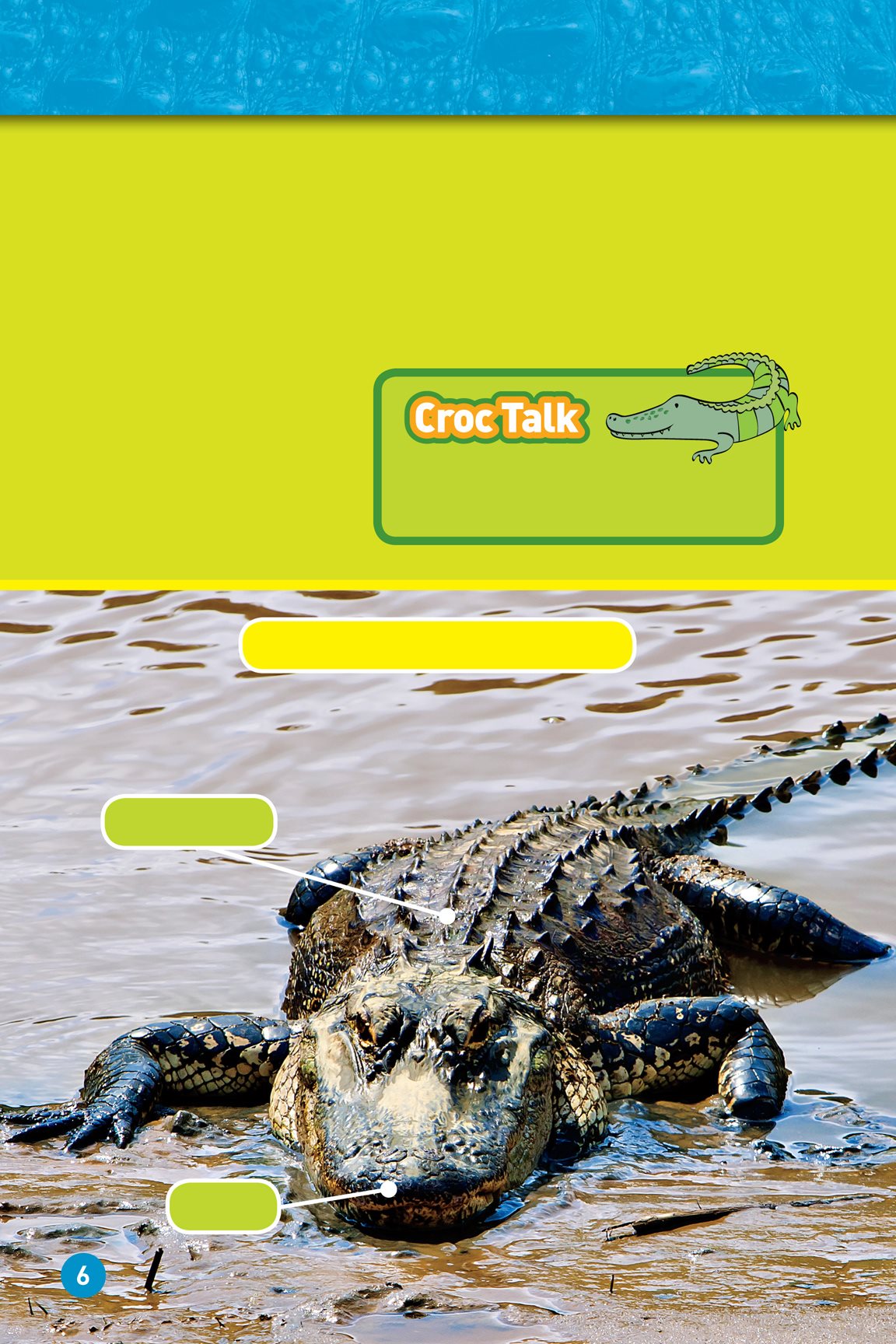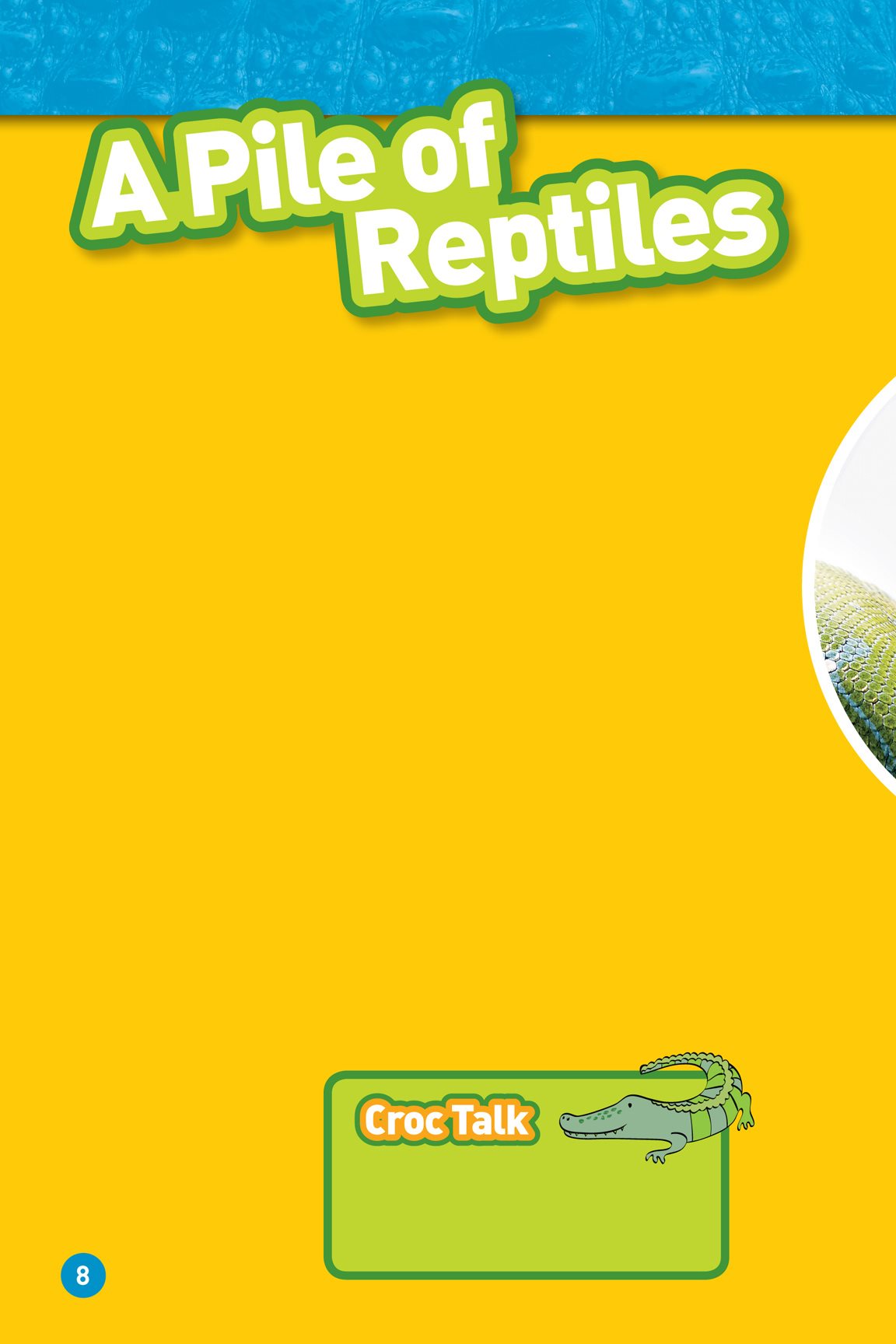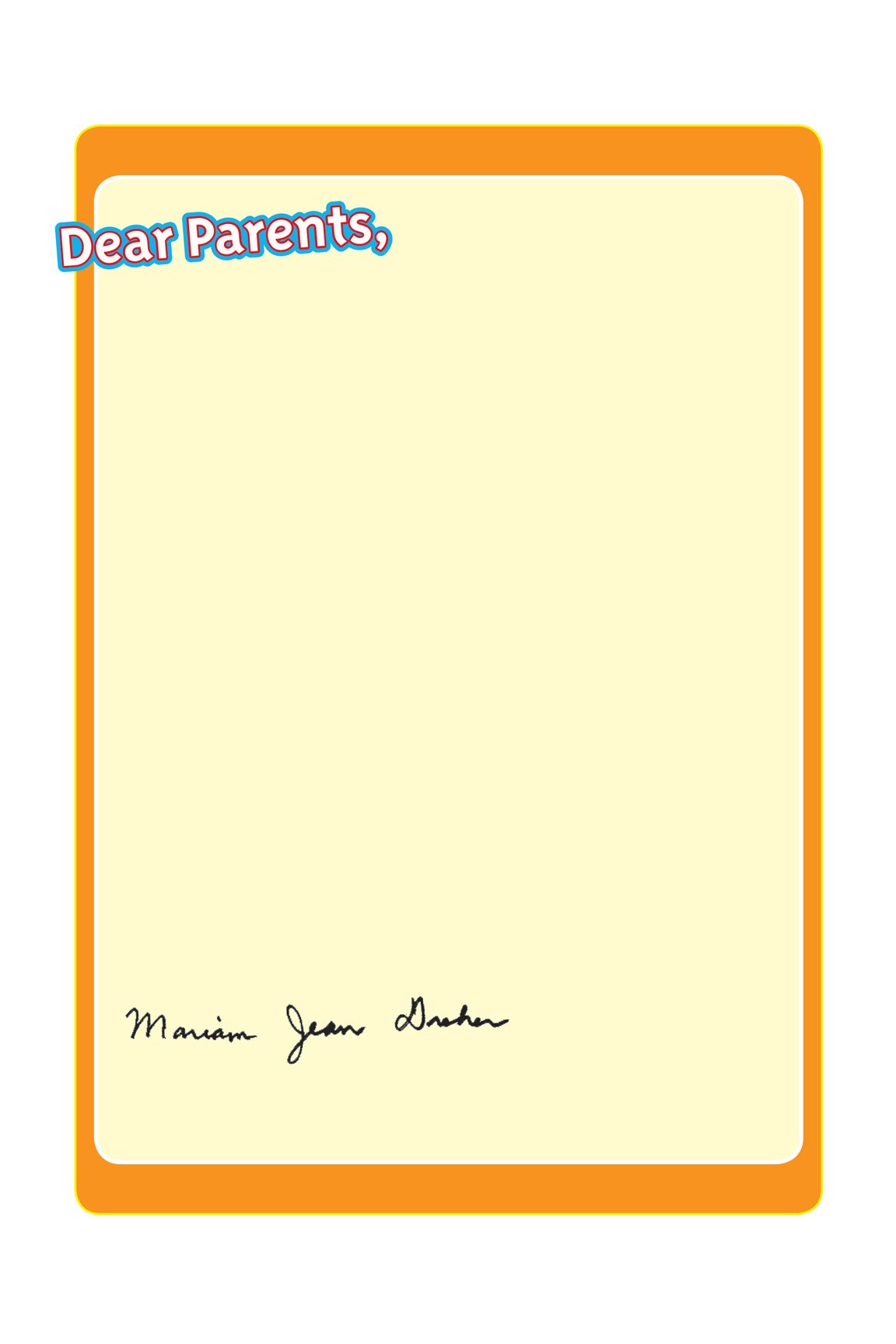
Children are naturally curious about the world around them, and
curiosity is a powerful motivation for reading. Studies show that
informational reading is critical to success in school. National
Geographic Kids Readers allow you to feed your childrens interests
and create readers who not only can read, but also want to read!
To sustain childrens excitement about reading, we have created a
special program called NATIONAL GEOGRAPHIC KIDS SUPER READERS.
As kids read each National Geographic Kids Reader, they cross
off its picture on a free National Geographic Kids Super Readers
poster that parents can download from kids.nationalgeographic.com/
superreaders.
Throughout the process, kids and parents go to the website and
download specially designated prizes that reward their effort. Kids
can have even more reading fun online, with lively book-related
activities, quizzes and games, fascinating excerpts, and sneak
previews of upcoming books.
The National Geographic Kids Super Readers program appeals to
kids love of accomplishment while providing them with incentives
to keep reading. When the reading experience is fun, children learn
more and achieve more. What could be better than that?
Sincerely,
Mariam Jean Dreher
Professor of Reading Education
University of Maryland, College Park

For Izzy and Otto L.F.M.
Copyright 2015 National Geographic Society
Published by the National Geographic Society,
Washington, D.C. 20036.
All rights reserved. Reproduction of the whole
or any part of the contents without written
permission from the publisher is prohibited.
Paperback ISBN: 978-1-4263-1947-1
Reinforced Library Binding ISBN:
978-1-4263-1948-8
eISBN: 978-1-4263-1950-1
Editor: Shelby Alinsky
Art Director: Amanda Larsen
Editorial: Snapdragon Books
Designer: YAY! Design
Photo Editor: Vanessa Mack
Production Assistants: Allie Allen, Sanjida
Rashid
The publisher and author gratefully
acknowledge the expert content review of this
book by Kenneth L. Krysko, Ph.D., of the Florida
Museum of Natural History, and the literacy
review of this book by Mariam Jean Dreher,
Professor of Reading Education at the University
of Maryland, College Park.
Photo Credits
Cover, Jim Brandenburg/Minden Pictures;
1 (Chinese alligators), Jianan Yu/Reuters/
Corbis; 3, Image Quest Marine/Alamy; 45
(UP), John Kasawa/Shutterstock; 45 (LO),
Eric Isselee/Shutterstock; 6, Denton Rumsey/
Shutterstock; 7, defpicture/Shutterstock; 9
(CTR), TJUKTJUK/Shutterstock; 9 (UP), Natali
Glado/Shutterstock; 9 (LO), Steve Winter/
National Geographic Creative; 10, PeterVrabel/
Shutterstock; 11 (UPLE), prochasson frederic
/Shutterstock; 11 (UPRT), Pete Oxford/Minden
Pictures/Corbis; 11 (LO), Arco Images GmbH
/Alamy; 1213, Mike Parry/Minden Pictures; 1415,
Don Couch/Alamy; 16 (INSET), Danita Delimont/
Alamy; 1617, Mark Deeble and Victoria Stone/
Getty Images; 18, Erich Schlegel/Corbis; 19,
Andy Rouse/naturepl.com; 20 (UP), Becky Hale/
NGS Staff; 20 (LO), Matt Propert; 21 (UP), E.O/
Shutterstock; 21 (CTR LE), blickwinkel/Alamy;
21 (CTR RT), Victoria Stone & Mark Deeble/
Getty Images; 21 (LO), SORBIS/Shutterstock;
22, Robert Harding World Imagery/Alamy; 23,
Mike Parry/Minden Pictures; 24, Henry, P./
Corbis; 25, GALLO IMAGES/Getty Images; 26,
SHOWCAKE/Shutterstock; 27, Chris Johns/
National Geographic Creative; 29 (CTR), Doug
Perrine/naturepl.com; 29 (INSET), WILDLIFE
GmbH/Alamy; 30 (UP), lluecke/iStockphoto; 30
(CTR), Joseph H. Bailey/National Geographic
Creative; 30 (LO), niknikon/iStockphoto; 31 (UP),
J. Gerard Sidaner/Science Source; 31 (CTR RT),
Brian J. Skerry/National Geographic Creative;
31 (CTR LE), blickwinkel/Alamy; 31 (LO), clark42/
iStockphoto; 32 (UPLE), WILDLIFE GmbH/
Alamy; 32 (UPRT), SHOWCAKE/Shutterstock; 32
(CTR LE), Danita Delimont/Alamy; 32 (CTR RT),
Natali Glado/Shutterstock; 32 (LOLE), lluecke/
iStockphoto; 32 (LORT), defpicture/Shutterstock;
header, dangdumrong/Shutterstock; vocabulary
boxes, tapilipa/Shutterstock
National Geographic supports K12 educators with ELA Common Core Resources.
Visit natgeoed.org/commoncore for more information.
15/WOR/1


